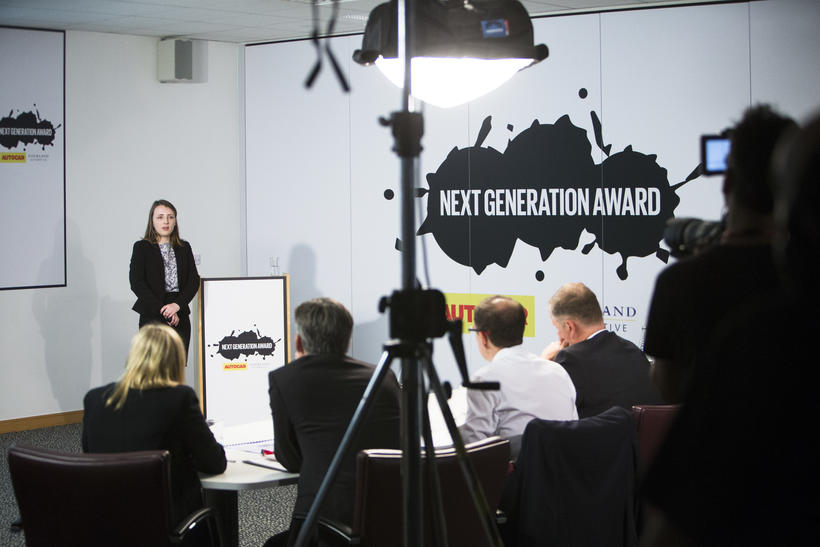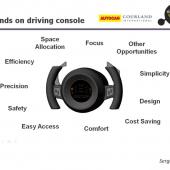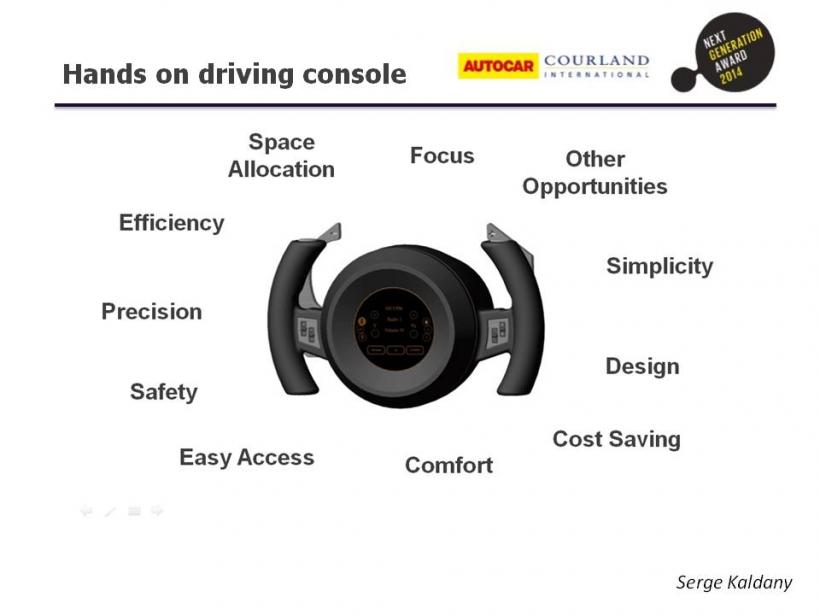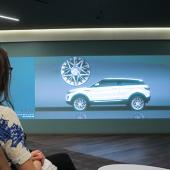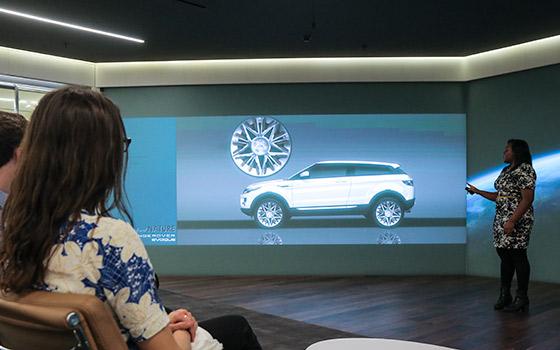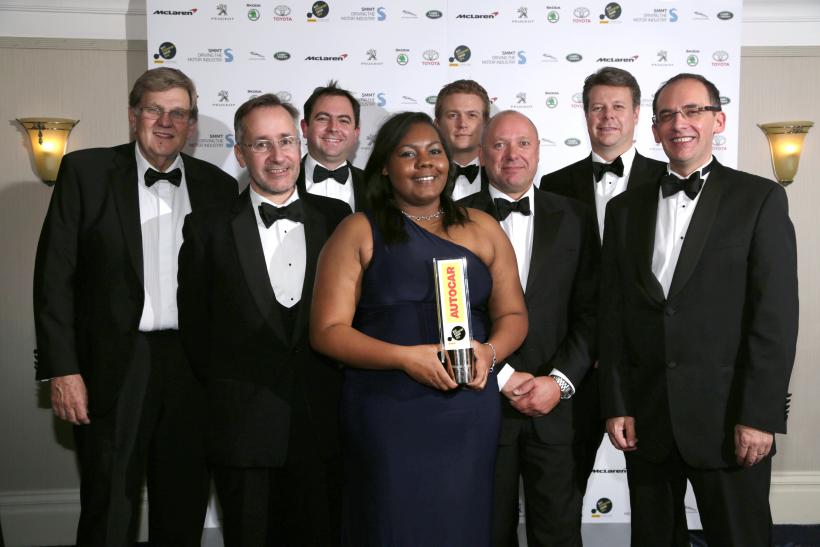News
Previous ideas: Sarah Behenna - ‘Rear Window Braking Intensity Light’
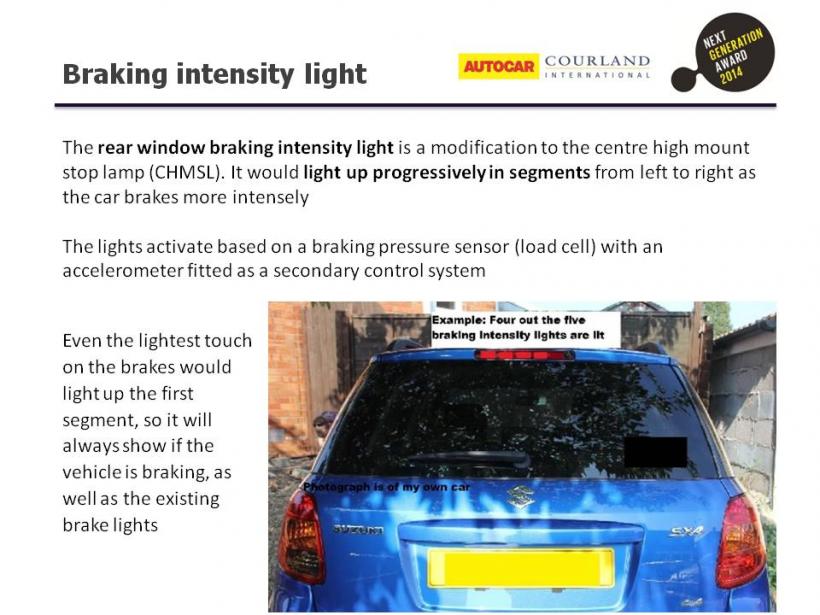
Sarah Behenna: ‘Rear Window Braking Intensity Light’
Sarah Behenna, Finalist in 2014, identified a weakness into previous early break indicator designs. In previous attempts, technology designs have proposed changes only into existing car brake lights, increasing the light brightness when braking early. However, the driver may be unable to see brightness changes due to daylight levels and distractions; therefore Sarah further improves this concept in suggesting a completely separate light for early brake indication - a modification to the centre high mount stop lamp (CHMSL
The light would light up progressively in segments as the brake pedal is depressed, with the lightest touch would light up the first segment. Not only does this reduce the amount of ‘phantom queues’, it decreases stopping distances (thinking time) and prevents the number of rear end collisions. Economically, it saves insurance costs, creates a higher fuel efficiency, and provides a longer brake and tyre life with less wear and tear.
Gallery
Previous ideas: Freddie Lee - ‘Now Eye See You’
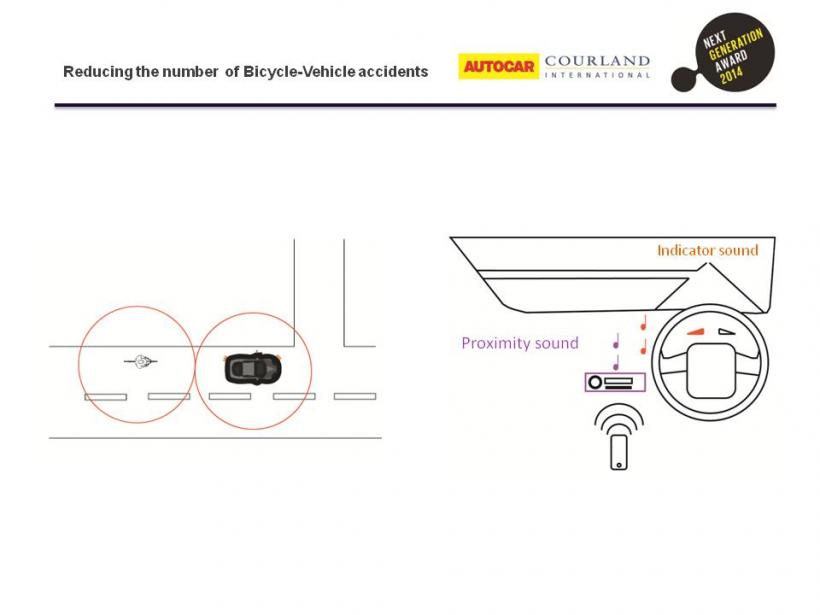
Freddie Lee - ‘Now Eye See You’
Our 2014 runner up, Freddie Lee, identified the most common reason for cyclists crashing into motor vehicles, whilst travelling on the inside and behind the driver’s blind spot. To solve this problem and prevent the high number of cyclist and motor vehicle crashes on the roads, Freddie came up with the idea of an app.
Cyclists, who are concerned for their safety, would download this app which would emit a signal. A separate hardware would be linked to the vehicles indicator and receive a signal from the cyclists phone. As soon as the vehicle indicates to turn, assuming a cyclist is within a 10m radius of the vehicle, the sensor will beep and alert the driver. This is a brilliant example of a marketable product, using smartphone software to improve safety for both motor vehicles and cyclists.
Previous ideas: Adam Hyett - ‘Rear Collision Warning System’
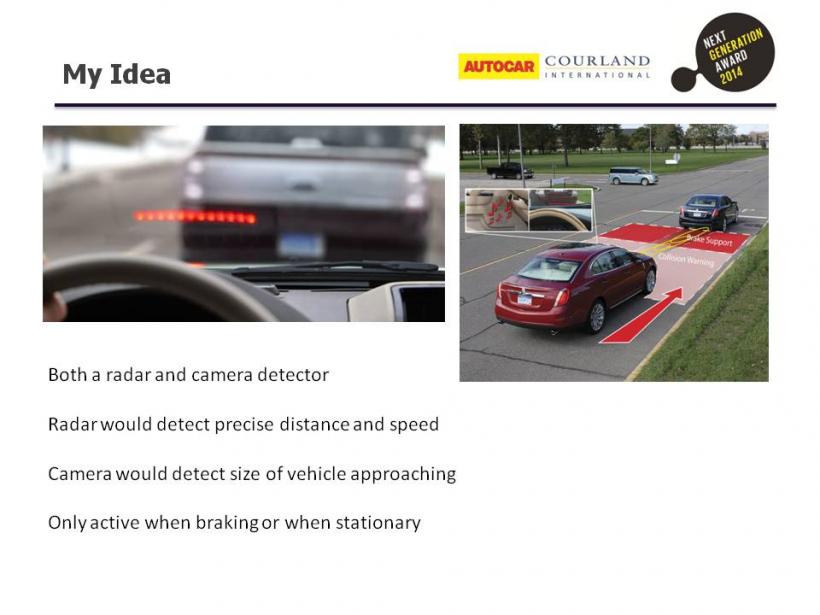
Adam Hyett - ‘Rear Collision Warning System’
In rear collision crashes, the front driver is almost never at fault, however Adam Hyett identifies them as the least protected. With only a small and ineffective rear crumple zone and a headrest, front drivers are more likely to be injured than the rear driver. Therefore Adam’ idea to take existing technology used in front facing collisions and apply this to a rear facing sensor would be highly beneficial and marketable.
The concept would inform the driver of a vehicle approaching from behind, giving the occupants more time to prepare themselves for impact which could potentially reduce injuries. Adam’s idea is also medically beneficial; it prevents the most common injury sustained from collisions - Whiplash. By the simple form of bracing yourself, people are less susceptible to serious ligament damage, reducing the chance of needing later surgery. As a result, it would reduce costs and medical care, as well as save lives.










